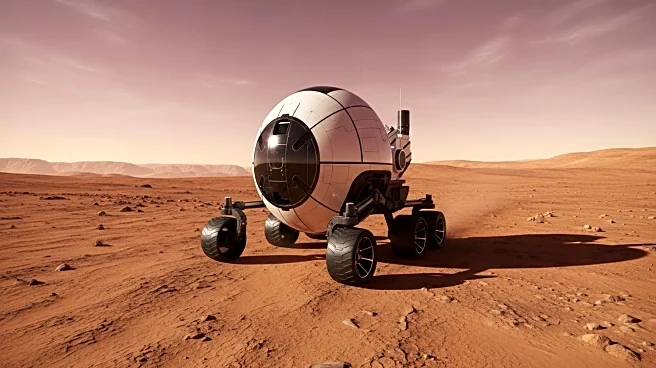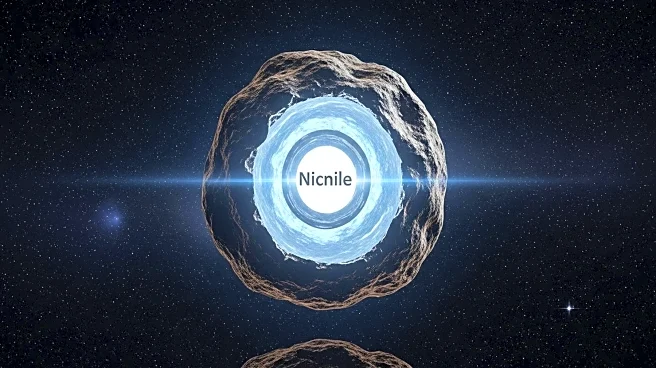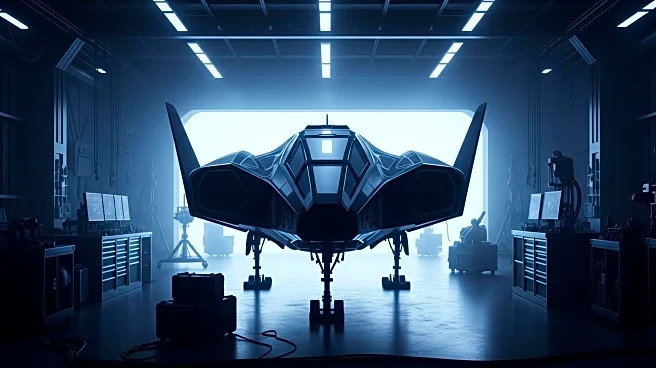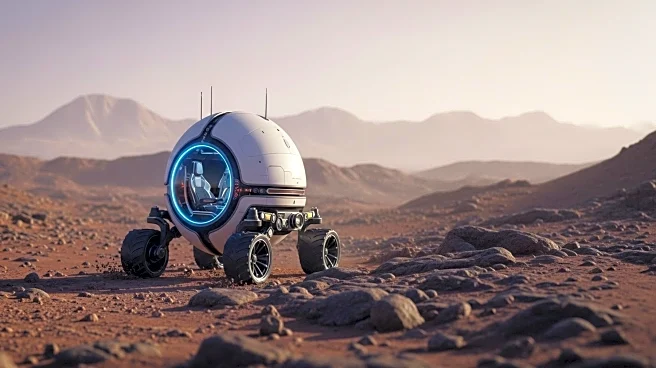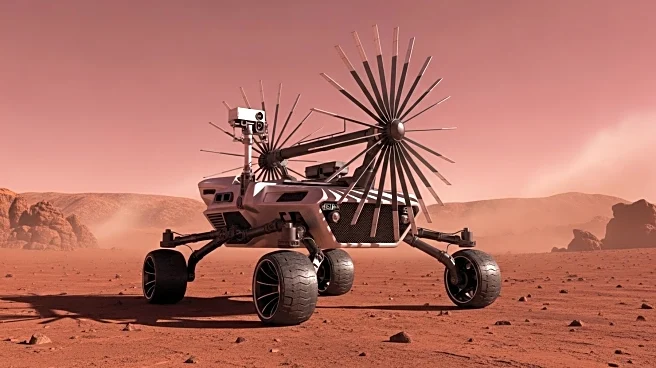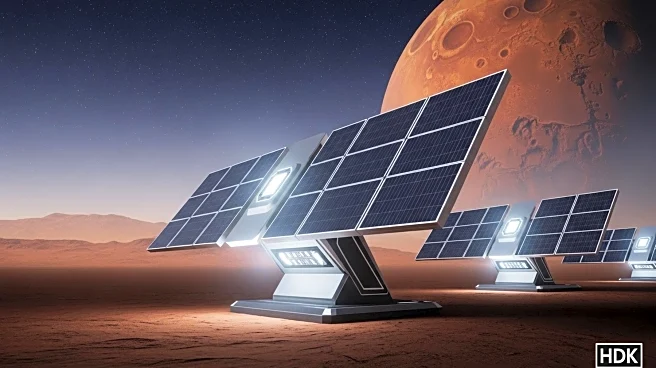What is the story about?
What's Happening?
The Tumbleweed Mars rover, a spherical robot designed to roll across the Martian surface using wind power, has successfully passed crucial field tests. Developed by Team Tumbleweed with support from the European Space Agency, the rover aims to provide a low-cost, large-scale exploration alternative to traditional rovers. Recent tests at Aarhus University and in a Netherlands quarry confirmed the rover's ability to traverse Mars-like terrain. The rover's design includes six fabric sails and solar panels, allowing it to collect data on Mars' habitability. The project plans to deploy a swarm of these rovers on Mars by 2034.
Why It's Important?
The Tumbleweed rover represents a significant advancement in Mars exploration technology, offering a cost-effective and scalable solution for planetary research. Its ability to cover large areas of the Martian surface could provide valuable data on potential habitability and resources, aiding future human missions. The rover's design, inspired by the CubeSat concept, emphasizes modularity and mass production, potentially revolutionizing how space exploration missions are conducted. This approach could lead to more frequent and comprehensive exploration of Mars and other celestial bodies.
What's Next?
The next steps for the Tumbleweed project include further testing and refinement of the rover's design, with a focus on integrating additional scientific instruments. A field campaign in Chile's Atacama Desert is planned for November 2025 to test the rover's capabilities in a Mars-like environment. The ultimate goal is to launch a mission to Mars in 2034, deploying up to 90 Tumbleweed rovers to explore the planet's surface.
AI Generated Content
Do you find this article useful?
